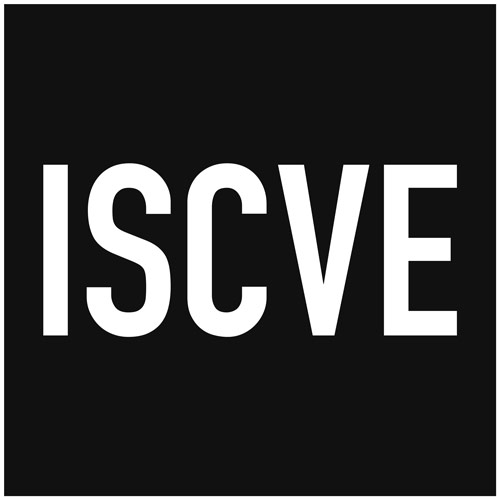Assistive Listening
Hearing loops have been the dominant form of assistive listening technology for those with hearing loss for the past 80 years. With the growth of digital technologies new systems are being developed that could come to challenge induction loops but, argues Richard Dungan, Head of Electronic Design at Contacta, they are yet to reach maturity.
Hearing loops were becoming ubiquitous when my career in electronic design began in the 1970s. This was the time when behind-the-ear hearing aids were being introduced and the NHS started prescribing them to patients.
In the last 40 years hearing aid and hearing loop technology has developed considerably. Digital signal processors mean loop systems now offer much better sound quality while digital hearing aids give users an improved listening experience.
The beauty of the induction loop and Telecoil system is that it is universal. Users can take their NHS-issued hearing aid, or one from a high street audiologist, and travel anywhere in the UK or indeed, the world, and know that if there is a loop installed their hearing aid will be compatible.
This hasn’t come about by accident – it’s a testament to the industry that manufacturers and academics work together on the British Standards Committee and the International Electrotechnical Commission to set standards on performance and universality.
Assistive listening technology is changing but new systems have yet to come of age
The development of disparate new technologies is a challenge for these bodies; how to bring them together to offer the best experience to the user.
Bluetooth, streamers, smartphones and wearables currently offer benefits to people with hearing loss. Apps which act as an amplifier through ear buds for example are a low cost and efficient way of transferring sound to the listener. ‘In-ear computers’ can cancel out background noise, connect to devices through Bluetooth or amplify sound all with just a tap. Some of these can even be programmed with the user’s hearing profile to give them a personalised experience.
‘Personal’ is a key term as they have less to offer in a communal listening environment such as the theatre where you can’t place your smartphone in the footlights and pop in your ear buds.
One other concern is that some of these are off-the- shelf options that potentially cut out the audiologist and the advice they offer. Not only does hearing loss need to be responded to by a professional, it can be an indicator of additional health concerns such as cognitive decline.
These technological developments have yet to mature sufficiently to offer benefits widely, although this will come. But the pace of change will be relatively slow.
In the UK, the current hearing aid and loop system is ubiquitous and 85% of the two million aids worn by people with hearing loss are issued by the NHS. The purchasing cycle in the health service is currently five years which has an influence on the pace at which new products are introduced.
Richard Dungan is the Head of Electronic Design for Contacta Systems Ltd and a member of the ISCVE. He sits on the BSI standards committee for hearing loops which sets standards for their development and use in the UK.
He is also on a committee of the International Electrotechnical Commission, the world’s leading organization that prepares and publishes International Standards for all electrical, electronic and related technologies.
It will be some years yet before the hearing impaired will see a wholescale change in the way sound is enhanced for them. There is no doubt digital technology will ultimately give them a better listening experience – just not yet.



